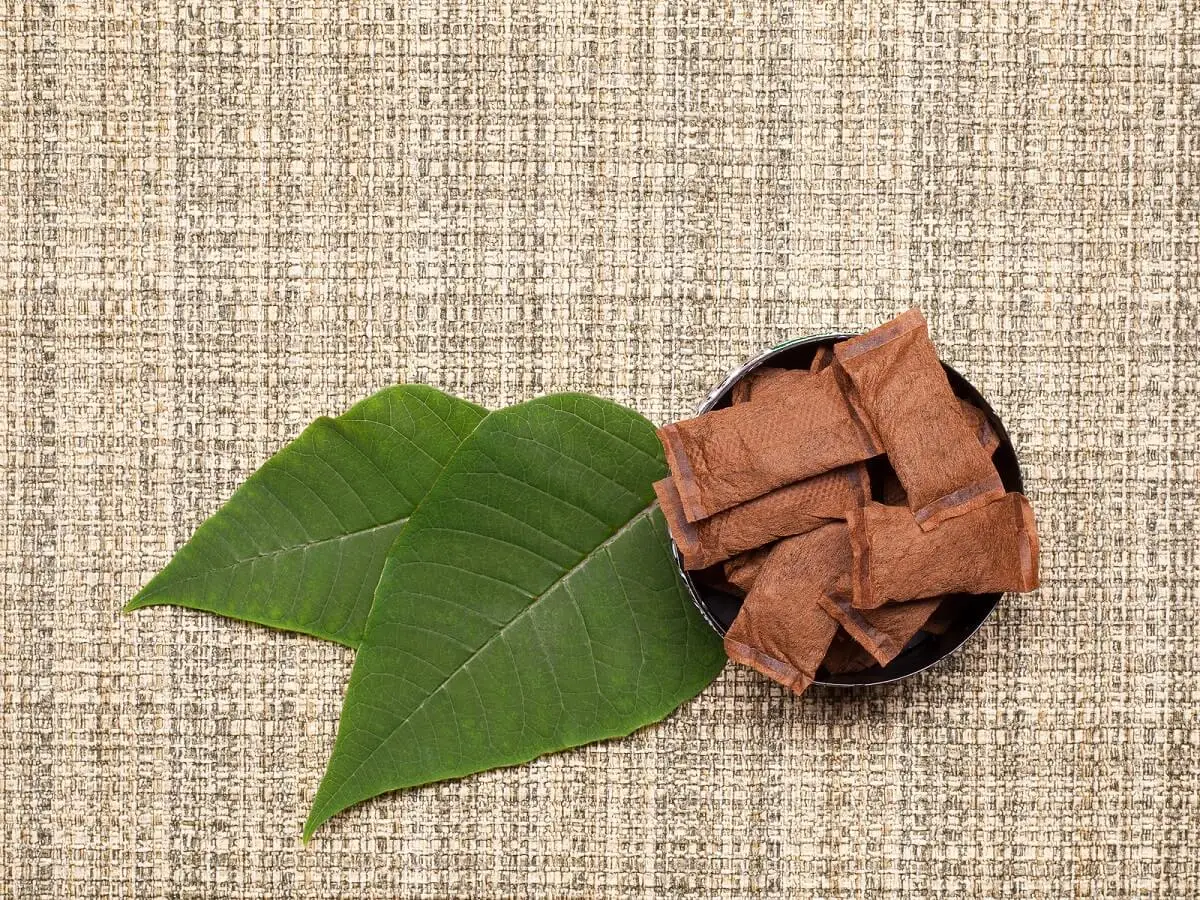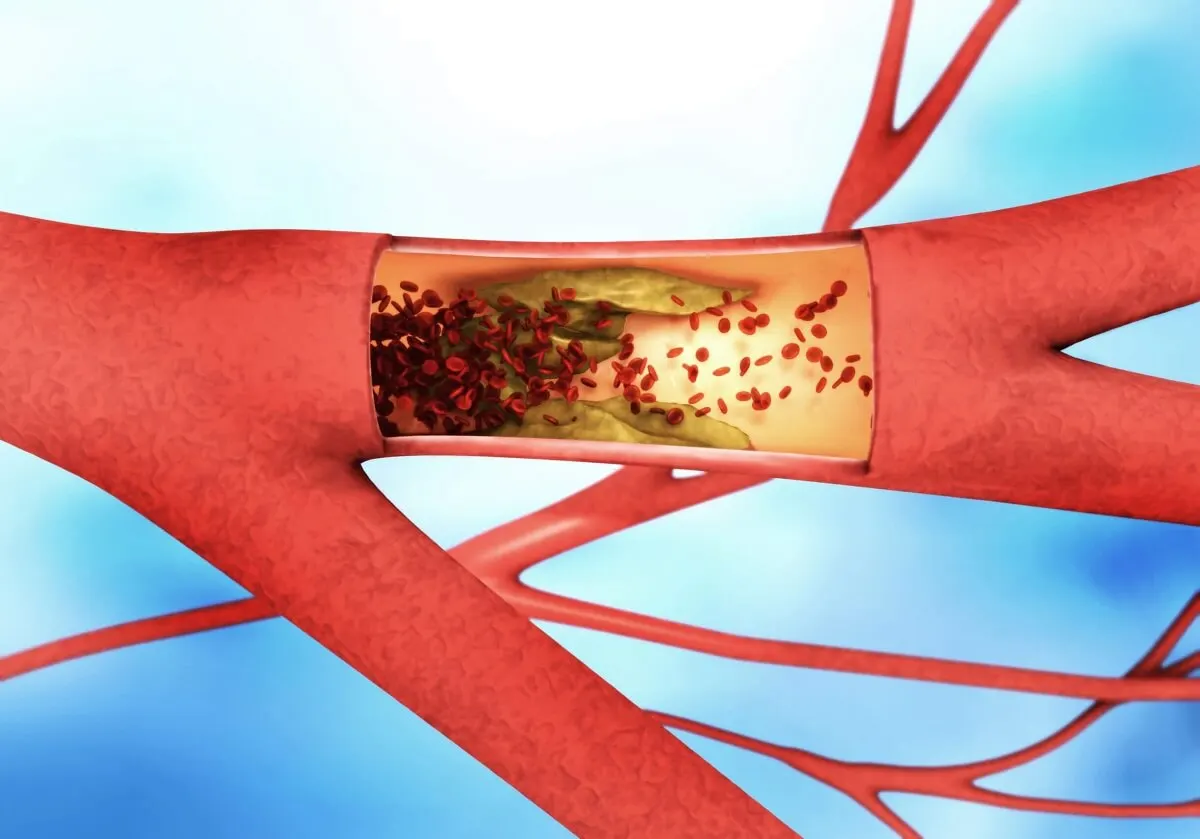Hookah: Health Effects and Risks

Although it may seem like a less harmful or toxic activity than smoking and is even well regarded in some cultures, hookah smoking also carries health risks.
From the possibility of throat infections to the appearance of various types of cancer, it’s good to know what we’re exposed to with this practice. The goal is to minimize it or even avoid it altogether.
What is hookah and what is it used for?
Hookah is the name given in English to a device used to smoke tobacco. It’s also called cachimbo or shisha, although the original Arabic form is huqqa.
The device in question consists of several parts or sections:
- A bowl or base, which is filled with water
- A smoke chamber (bowl), where the tobacco is placed
- The hose through which the smoke passes
- The mouthpiece or mouthpieces, through which the smoke is inhaled
For hookah smoking, the tobacco placed in the bowl is heated. The air is sucked through the mouthpiece, causing the smoke to circulate towards the liquid until it reaches the person’s mouth.
The tobacco used is usually unique to these devices. It can come in flavors such as cinnamon, mint, licorice, apple, and peach, among other varieties.
Although this practice is of oriental origin (it’s debated whether it comes from India or Persia), it has also become quite popular in the West. According to the New York government website, 5.6% of high school students smoke hookahs, and their use has increased in recent years.

We think you may also enjoy reading this article: Is Vaping a Better Alternative than Quitting Smoking for Good?
The risks of using hookah
The fact that the smoke reaches the lungs after having passed through water when smoking hookah does not mean that it’s any less harmful. Water does not filter out the toxic ingredients in tobacco.
Although research on these devices is ongoing, there’s already evidence that hookah smoking poses many dangers. Let’s take a look at them.
Exposure to monoxide
Hookah pipes use charcoal, which, when ignited, releases carbon monoxide. This can create a risk of poisoning. The possibility of this occurring varies according to different factors, such as the size of the space where it’s smoked, the number of people present, the volume of charcoal burned, and the time spent in the place.
Nicotine
Since tobacco is burned in the shisha, the smoke also contains nicotine. It’s already been proven that this substance is associated with the risk of developing lung cancer.
Other toxic substances
Other chemicals that are released when charcoal and tobacco are burned in the hookah and which are also found in cigarette smoke are formaldehyde and tar. Both hookah smokers and those around them are exposed to them, therefore suffering the dangers of secondhand smoke.
Exposure time
It’s also important to bear in mind that the use of these devices is generally done in closed spaces since it’s not as easy or as common to transport them outdoors, as is commonly done with a cigarette.
On the other hand, hookah smokers inhale a lot of smoke, since a session can last quite a long time (up to an hour, in some users). Consequently, both active and passive smokers are more exposed to monoxide and other toxic compounds.
Toxic substances
Due to the way hookah is used, users tend to ingest or swallow more toxic substances compared to cigarette smokers.
Addiction
As mentioned, there’s a high exposure to nicotine with hookah. In fact, it’s actually the same amount as smoking cigarettes, which creates a high chance of addiction.
It increases the chances of a person smoking
Another interesting fact noted in the research is that hookah smoking increases the chances that the person will also want to use conventional cigarettes.
It can lead to infections
Hookah pipes in bars and cafes are commonly used. If they’re not cleaned properly, the risks of throat or mouth infections also increase.
There’s a risk of fires
Burning charcoal can increase the risk of fire, so hookahs should be handled with caution, and fire extinguishers should always be kept on hand.
Like this article? You may also like to read: Five Positive Changes You’ll Notice after You Quit Smoking
The health effects of smoking hookah
Practically, the effects of smoking cigarettes and hookahs are the same. These include the following:
- Tobacco juices irritate the oral mucosa and throat.
- Regular hookah smokers evidence high levels of CEA, which is a protein associated with the development of tumors. Consequently, it’s also associated with mouth, lung, and even bladder cancer.
- Toxic agents in tobacco smoke can promote the blockage of arteries, so they increase the risk of developing heart disease.
- There’s an increased chance of premature death in people with heart disease or COPD (chronic obstructive pulmonary disease).
- It affects your dental health.
- Pregnant women who smoke hookah may give birth to underweight children.
- Increases the risk of transmission of infectious diseases, including tuberculosis.

Carbon monoxide poisoning
Unlike cigarette smoking, since hookah smoking burns charcoal, there’s a possibility of carbon monoxide poisoning, as previously mentioned.
The mild symptoms that occur in this case are as follows:
- Headaches
- Dizziness
- Drowsiness
- Fatigue
- Confusion
- Irritability
However, when it’s more severe there may be nausea, vomiting, palpitations, and even blurred vision. In these situations, medical help should be sought immediately, as carbon monoxide poisoning leads to convulsions, brain damage, or death.
Preventing the risks
Because of the health risks involved, regulations have been put in place in some places for hookah smoking sites. These regulations relate, for example, to the age of users, in the sense of not providing the service to minors.
However, whether in a public or private place, users of this type of device should take into account some measures to reduce the risks:
- Disinfect the pipes.
- Do not share mouthpieces.
- In public establishments, each customer should ideally have a new mouthpiece.
- Ventilate the space well. Preferably, keep both the windows and doors open.
- Restrict the times when you smoke and reduce the time of consumption.
- Make sure that the surface on which the hookah is placed isn’t flammable.
- Have fire extinguishers on hand to control or smother flames.
Of course, the best and healthiest measure is to avoid the consumption of any kind of tobacco products.
All cited sources were thoroughly reviewed by our team to ensure their quality, reliability, currency, and validity. The bibliography of this article was considered reliable and of academic or scientific accuracy.
- Cavazos-Rehg P, Krauss M, Kim Y, Emery S. Risk Factors Associated With Hookah Use. Nicotine & Tobacco Research. 2015; 17(12): 1482–1490.
- Cobb CO, Ward KD, Maziak W, Shihadeh AL, Eissenberg T. Waterpipe tobacco smoking: an emerging health crisis in the united states. American Journal of Health Behavior. 2010; 34(3): 275–285.
- El-Hakim Ibrahim E, Uthman Mirghani AE. Squamous Cell Carcinoma and Keratoacanthoma of the Lower Lips Associated with “Goza” and “Shisha” Smoking. International Journal of Dermatology. 1999; 38: 108–110.
- Intoxicación por monóxido de carbono al fumar hookah (2022). Documento en línea. URL disponible en: https://www1.nyc.gov/site/doh/health/health-topics/smoking-hookah-sp.page. Fecha de consulta: 08-06-2022.
- Natto S, Baljoon M, Bergström J. Tobacco Smoking and Periodontal Health in a Saudi Arabian Population. J Periodontol. 2005; 76(11): 1919–1926.
- Steentoft J, Wittendorf J, Andersen JR. Tuberculosis and waterpipes as source of infection. Ugeskr Laeger. 2006;168(9):904–7.
- Zinser-Sierra J. Tabaquismo y cáncer de pulmón. Salud pública Méx. 2019; 61(3): https://doi.org/10.21149/10088.
This text is provided for informational purposes only and does not replace consultation with a professional. If in doubt, consult your specialist.








